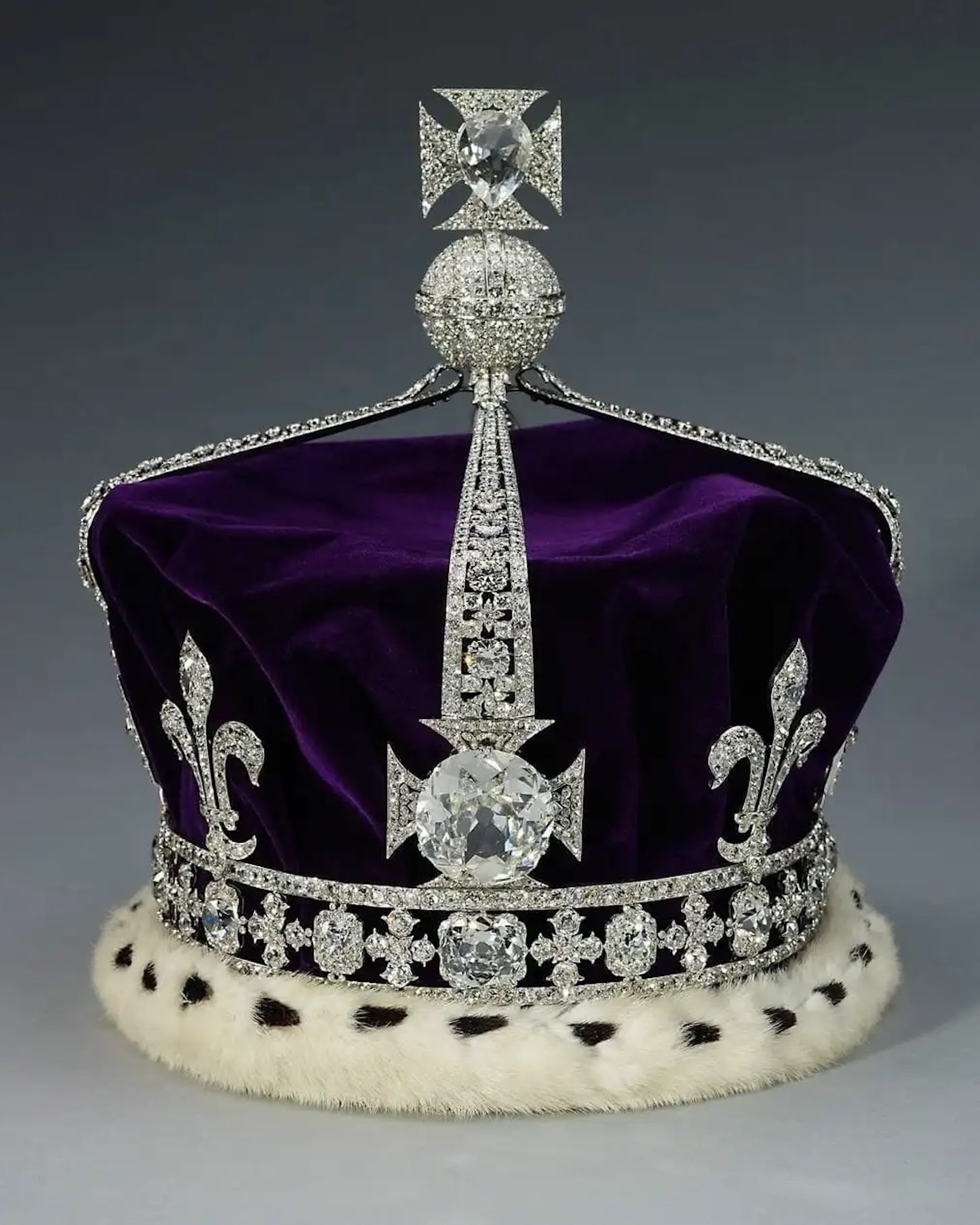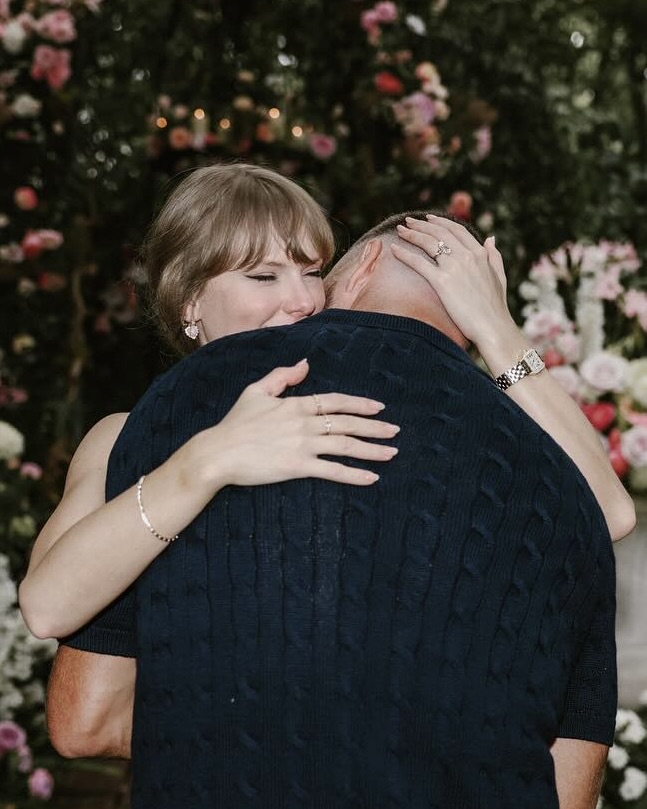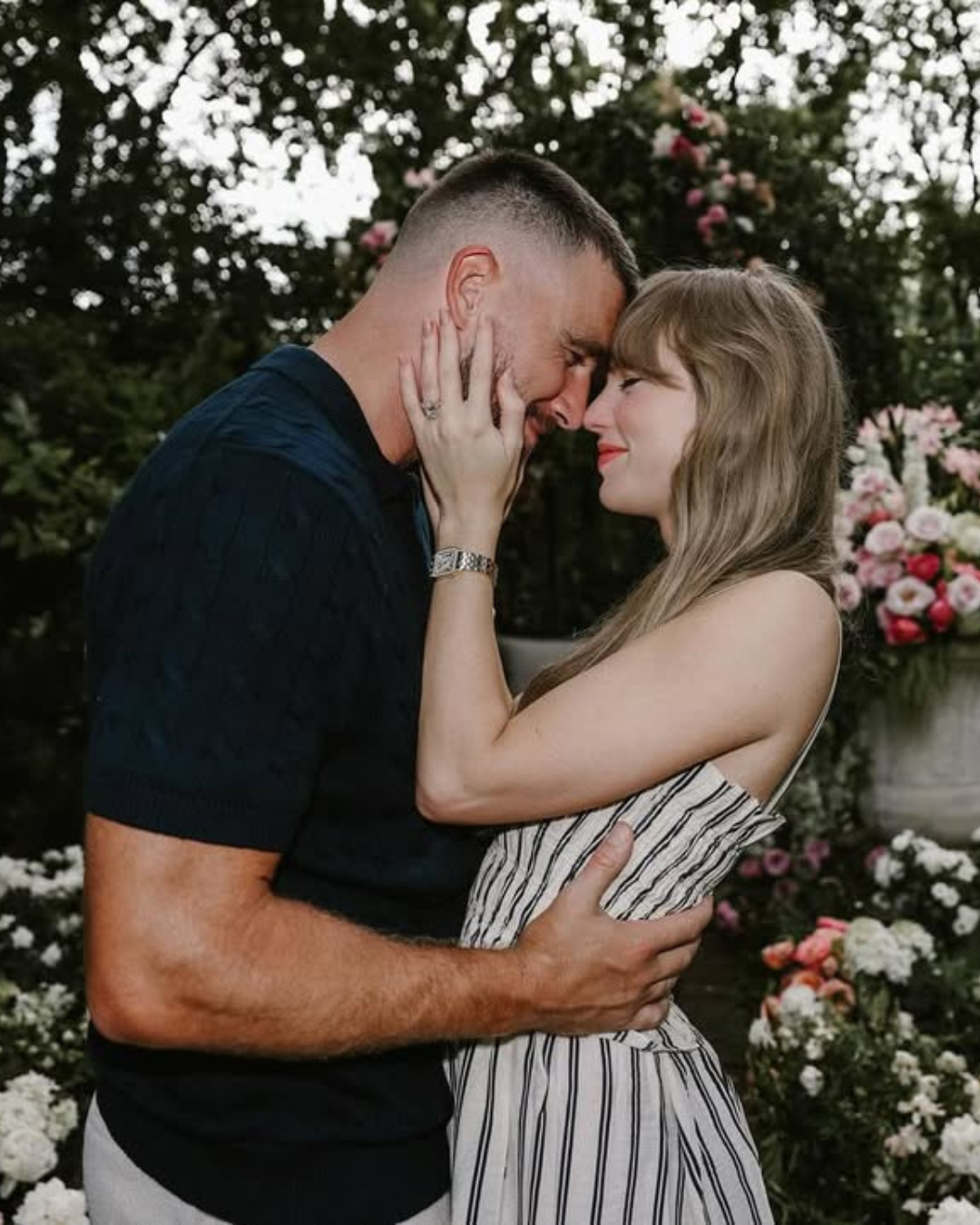< Historic Diamonds / Famous Diamonds
Golconda Diamonds: Uncovering the Magic and Myth
Here’s the truth behind these legendary diamonds.
Updated: November 11, 2025
Written by: Jill Newman

When the great French explorer and merchant Jean-Baptiste Tavernier made his first voyage to India in 1638, he was mesmerized by the region’s magnificent natural diamonds—especially the legendary Golconda diamonds that would later become synonymous with purity, brilliance, and rarity. He described them in his journal as “gems of the finest water,” likening their pure transparency to a pool of water.
Over Tavernier’s six trips to India, he brought back what would become the world’s most famous diamonds—the Hope Diamond, the Black Orlov, Idol’s Eye, the Koh-i-Noor, and Beau Sancy among them. His treasures ignited an insatiable desire for diamonds with European and Russian royalty and nobles, who coveted them as symbols of power and glory. Some were deemed talismans of protection and good fortune; others were omens of bad luck. Some reside in museums and in the British Crown jewels; others mysteriously disappeared.
Meet the Experts

Lee Siegelson, owner of Siegelson in New York, is renowned for handling some of the world’s most important gemstones, drawing on generations of family expertise, a museum-caliber collection, and a proven record of placing exceptional diamonds with top collectors and institutions.

Glenn Spiro is a London-based jewellery expert who trained from the age of 15, spent nearly a decade in Christie’s jewellery department, and now heads a private house renowned for sourcing ultra-rare gems and crafting unique high-jewellery pieces for collectors worldwide.

Tom Moses, executive vice president and chief research and laboratory officer at GIA, is one of the world’s leading diamond experts. Over his decades-long career, he has examined and graded many of the most important historic diamonds.
Why Golconda Diamonds Remain the Most Coveted Gems in the World


On the rare occasion a Golconda diamond comes to auction, it commands global attention and record prices. When the Princie Diamond, a 34.65 fancy intense pink Type IIa stone of Golconda origin, was offered at Christie’s in 2013, it sold for a jaw-dropping $40 million.
“Golconda diamonds have a way of capturing the imagination—representing not only physical beauty but also an enduring connection to history,” said Lee Siegelson, owner of Siegelson in New York, which specializes in rare jewelry and stones. “Golconda diamonds possess an ethereal luminosity that has long been described as ‘of the finest water’—a term reserved for stones with a purity and brilliance that seem almost otherworldly.”
Even the most seasoned jewelers are awestruck by these diamonds’ scintillating beauty.
“They have a purity and softness that is hard to describe,” says Glenn Spiro, the exclusive London jeweler who has handled some of the world’s most exceptional stones. “They are in a class of their own.”
The Origins of Golconda Diamonds: India’s Legendary Diamond Source


The story begins in India, where the earliest documentation of the stones comes from a 4th century Sanskrit manuscript. In 327 BC, when Alexander the Great invaded India, he returned to Europe with diamonds. Later, Marco Polo recorded the alluring beauty of diamonds on his 1292 travels to the region.
“The story of the Golconda diamonds is fundamentally Indian, rooted in Indian religion, politics, literature and economics,” said Capucine Juncker, author of Diamonds of Golconda, published in 2024 by SKIRA. “What fascinates me is that the story of the Golconda diamonds is never fully known, despite the investigations carried out in various parts of the world by leading specialists.”
In her two years of research, she learned the stories are still unfolding. “The Florentin, the Nassak and the Akbar Shah literally disappeared in the last century, while the Princie and more recently the Farnese Blue appeared by surprise; the Koh-i-Noor, a symbol of British colonization, is still at the center of a heated dispute between India and England; other Golconda diamonds are part of cultural heritage, such as the Darya-ye-nur in Iran, the Orlov in Russia and the green Dresden in Germany.”
What Makes a Golconda Diamond? Unique Characteristics Explained

What all the Golconda stones have in common is that they are scientifically classified as type IIa, which means they have no measurable nitrogen (which causes a yellowish tint). They appear in purest white, shades of brown, and, on rare occasions, blue and pink.
The term Golconda, however, is a misnomer, said George Harlow, curator emeritus, Department of Earth and Planetary Sciences, American Museum of Natural History. “The real locality of the diamonds was Kollur on the Krishna River, where they were found in alluvial mines. The stones were traded out of the fortress city of Golconda near the city of Hyderabad.” Hence the name Golconda.
The diamond’s unique characteristics, he says, are partly due to the fact that they were uncovered in alluvial mines, where in the weathering process the rivers moved the diamonds, tumbling them into slightly rounded stones.
India remained the world’s only known source of diamonds for around 2,000 years. By the early 1800s, the mines were depleted, so any authentic Golconda diamond is at least 200 years old.

At the root of the Golconda’s diamond appeal has been the remarkable transparency, but the original stones also have a unique cutting style, explained Krishna Choudhary, a 10th-generation Indian jeweler who started his Santi brand in 2019. “You have to look at the unique cutting styles of these stones, the fire, the depth, it’s a package,” he said. “The facets were sometimes curved, perhaps not deliberately, but everything was by hand. It is nearly impossible to achieve curved facets today because everything is cut perpendicularly.”
His family has a collection of Golconda diamonds from the Mughal era, which aren’t for sale because “once you sell it, you can’t replace it,” he said. On the rare occasion he comes upon a stone from an Indian family, it sells quickly, like the 1960 10-carat taviz (diamond amulet) he set on a silk cord and sold to an American client.
Golconda vs. Golconda-Like: How Experts Determine Authenticity

With all its beauty and lore, it’s easy to see why more collectors are seeking Golconda diamonds. Twenty or thirty years ago, most people outside the industry didn’t know the term, but today, after several high-profile sales and with better-educated buyers, more are aware of this collectible jewel.
Word of caution: The term is sometimes used incorrectly. When describing the purest diamonds—classified as type IIa—some will call them Golconda, but type IIa diamonds are also found in other mines, including those in South Africa and Russia. Still, they are ultra-rare: less than two percent of all diamonds mined are type IIa.
It’s impossible to verify a stone’s Golconda origin without a paper trail, said Tom Moses, executive vice president of the Gemological Institute of America (GIA) and world-renowned expert. Over his career, he’s graded many of the historic Golconda diamonds, including The Hope Diamond, on three different occasions.


He says the GIA won’t give the Golconda designation without the documentation. “When we see a type IIa with the same properties as a Golconda, we say they are Golconda-like because they have qualities associated with diamonds from that region,” said Moses. “I like the use of storytelling and the association because it’s valid and explains the history.”
Likewise, Christie’s auction house uses the term Golconda-like as a descriptor for stones that seem like those limpid, pure diamonds from the region, says Alexander Eblen, senior vice president, Jewelry, Americas. Generally, he says the only verifiable Golconda diamonds “have been in extremely notable collections, something where there is a known history back to a time when very, very few written records were even happening.”
He compares the provenance to that of a Kashmir sapphire and Burmese pigeon’s blood ruby, which are considered the highest quality and command a premium for their beauty and verifiable historic origin. Simply put: “We attach meaning and value to their origin.”

In the case of the The Drexel Heart: A Golconda Diamond Ring by Harry Winston being offered by Lee Siegelson, it is very likely Golconda given the provenance. “It is an extraordinary example that embodies all the hallmarks of a Golconda diamond—impressive size, pure D color, exceptional clarity, and a rare, elegant heart-shaped cut,” said Siegelson. “This over 30-carat stone, passed down through the Drexel family—one of America’s most influential financial dynasties—was set in platinum by Harry Winston.”
“The opportunity to acquire one is an extraordinary and often unrepeatable moment, as diamonds of this stature transcend their role as gemstones to become part of a larger cultural and historical legacy,” said Siegelson.
So rare, that people like Spiro still long for one that he sold 20 years ago. “The best one I had was a gorgeous 12-carat Golconda diamond, set in a simple ring, which I sold to a California client. It had a soft, silkiness to it, and I remember every facet. Wish I hadn’t sold it.”
Why Golconda Diamonds Command Tens of Millions at Auction

Back to the Princie diamond, which sold at Christie’s for $40 million. Is any single stone worth it? As Eblen pointed out, it was a once-in-a-lifetime diamond. “You have a stone with limpid internal quality that is exceptionally clean, high clarity, type IIa, broad antique facets, and it is a gigantic, monstrous size. The chemistry and natural attributes of the stone are wonderful, and on top of that you have to add a wonderful and well-documented provenance.” He added, “The romance factor is extraordinary as well.”
Many of the rare Golconda diamonds are in important private collections, and families don’t want to part with them, said Eblen. “Oftentimes we’ll have the opportunity to see and evaluate them for our expertise, and they’ll go back into that collection, and be passed down to the next generation.”
A Golconda diamond is as comparable in rarity to that of a Rembrandt painting, says Eblen. “As an unabashed believer in the rarity and sacred nature of nature’s rarest gifts, I would say that these are some of the rarest items that Earth has given us. You could go through millions and millions of stones without finding a single stone that’s similar to this.” That’s why we are still searching for Golconda diamonds.











